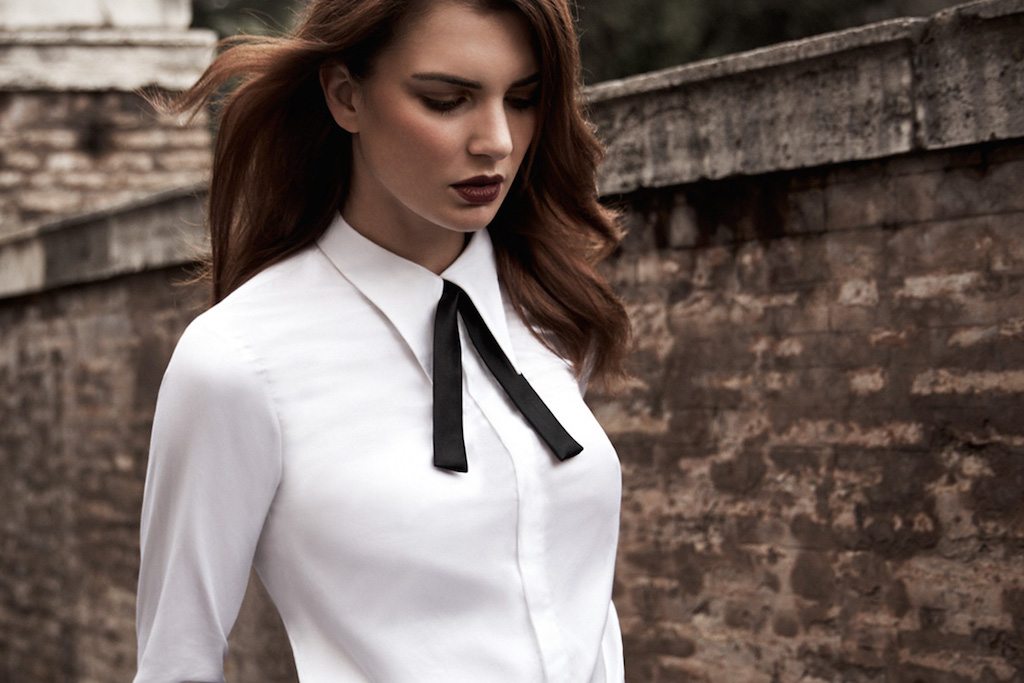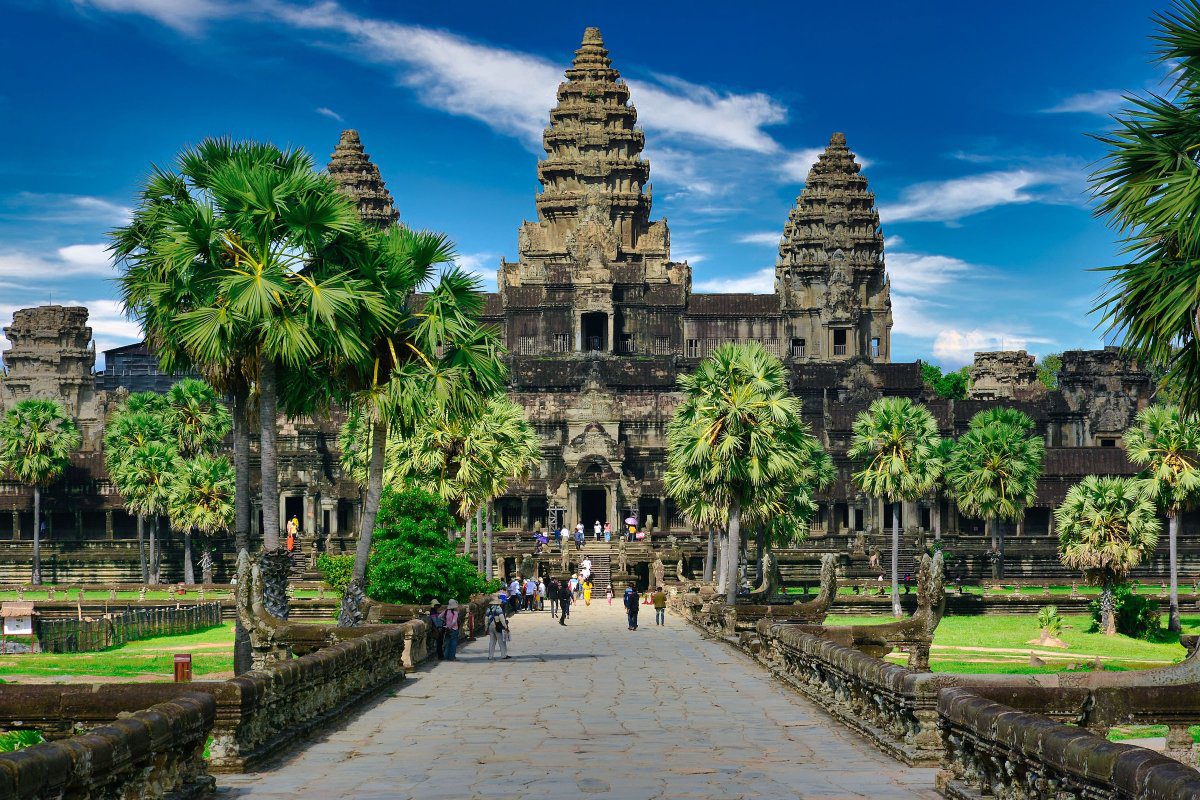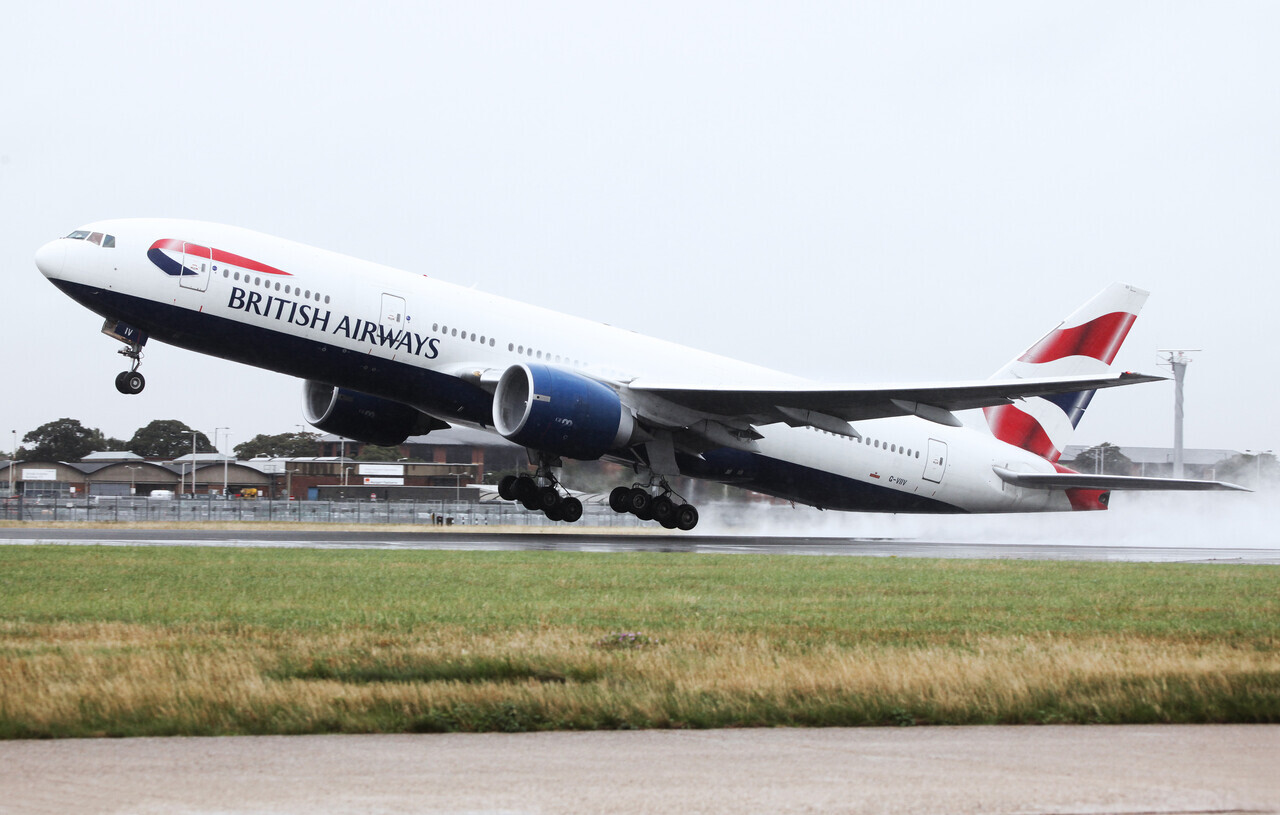Marriott Now Has 8 Luxury Hotel Brands It Needs to Somehow Define Individually

Skift Take
Marriott International finds itself in new territory heading into 2017 with no less than eight luxury hotel brands following its recent acquisition of Starwood Hotels.
Previous to the merger, Marriott only operated one true luxury flag in any significant number: The Ritz-Carlton. The other upscale brands were either too few, or they're somewhat ambitiously positioned as luxury product, to have made much of a dent in the luxury hospitality space.
In Marriott's pre-Starwood luxury portfolio, there are only three Ritz-Carlton Reserves, three Bulgari Hotels, and four EDITION Hotels. And, one could argue, JW Marriott is more at the top end of the upper upscale hospitality tier, at least in the Americas, although the growing JW Marriott Marquis sub-brand does nudge JW into legitimate luxury territory.
However, the Starwood group of St. Regis Hotels, W Hotels, and The Luxury Collection is more formidable in terms of the brands' collective room count, and their various levels of trendiness, provenance, and prestige speak to a broader luxury audience. The one caveat there is the divide between the earlier domestic Ws and late international Ws. The W Hoboken might not be considered a luxury hotel whereas the product across Asia and Europe is decidedly luxury.
Now Marriott needs to figure out how to move forward in 2017 with a much more diverse and sprawling collection of high-end properties, and a wholly new consumer base that's either a little or a lot less conservative than Ritz-Carlton loyalists. That's further compounded by the shifting luxury marketplace where the next generation of high-spending travel consumers are intent on muddying the very definition of luxury.
At the International Luxury Travel Marketplace (ILTM) in Cannes this month, Marriott held court with travel buyers and media at Vesuvio Cafe on the city's seaside La Croisette boulevard, far removed from Cannes' Palais de Festival congress center. Marriott's eight luxury logos were discreetly visible, conveying a more subtle experiential marketing delivery than anyone would have imagined previous to 2016.
During ILTM, Tina Edmundson, global brand officer for Marriott luxury and lifestyle brands, hinted a bit about what to expect from Marriott next year in terms of its luxury positioning strategy.
"When it comes to the luxury traveler today, and the future of luxury travel, we're seeing that they want what they want depending on their mood, so their desires are momentary," she said. "The type of travel determines what types of luxury they're looking for, whether someone is attending a fashion show at London EDITION, or they're on a business trip at St. Regis New York. So having the benefit of these amazing diverse brands gives us the ability to serve all of those different needs."
That said, Edmundson emphasized that the Starwood acquisition now requires Marriott to quickly figure out how to differentiate each luxury brand. She explained that, while 2017 is going to be an "integration year about creating a fresh start," Marriott needs to ensure consumers know the difference between W and EDITION sooner than later.
"This transaction is forcing us to be even more clear about each brand, because now in some cases our hotels are no longer the only player in their swim lane," she said. "We have to be quite distinctive so in the consumer's mind, when they choose a brand, they really understand what that brand promise is. I think it will force us to be much more deliberate and very, very articulate."
That articulation is key. For example, the Ritz-Carlton properties are positioned as a portal into the local culture of a destination, while the St. Regis hotels are framed as the destination themselves. It's the same delineation that Hilton makes between Conrad and Waldorf Astoria, except Conrad has its innovative 1/3/5 local content strategy, whereas Ritz-Carlton's big content push with its website relaunch this year revolved merely around user-generated Instagrams.
A New Focus on Partnerships and Programming
It's an uphill battle today to try to differentiate luxury hotel brands in terms of the physical product and design, no matter how dramatic the building and location might be. Therefore, Edmundson and her team are looking outside hospitality toward the fashion and retail sectors to glean how luxury brands are defining themselves in a crowded field, and how they're engaging the hearts and minds of fickle luxury shoppers.
One example that she admires is fashion retailer H&M, which collaborates with outside designers from Karl Lagerfeld to Stella McCarthy to inject fresh energy and new content opportunities on a seasonal basis.
"Our business is so bricks and mortar, and change is hard in the physical environment, so I would say retail and fashion is a huge inspiration relating to how they change their windows and how they consistently change materially what they're doing," Edmundson said. "When you look at fashion as an industry, and you see what Zara's business model is, and what H&M is doing with collaborations beyond the aesthetic, even looking at how they market themselves — I think it's incredible. We pay a lot of attention to that."
Collaborations with fashion labels are not new in luxury hospitality. Within the last year, Kenzo Takada and Christian Lacroix created design elements for SO Sofitel in Mauritius and Bangkok. Missoni created the pool cabanas at Four Seasons Maui; Vivienne Westwood designed the penthouse suite at The London West Hollywood; and big wave surfer Laird Hamilton designed a line of clothing for guests at One&Only Resorts.
Internally, Edmundson said she's impressed with the St. Regis partnerships with luxury consumer brands like Polo, which has sponsored a wide range of live sporting and fashion events. Those are continually chronicled in St. Regis' Beyond platform to help communicate the essence of the St. Regis guest experience.
"I think St. Regis has done a nice job with The Dior Suite, although that goes back a few years, and their collaborations with Moët Hennessy, and the partnership with Polo," she explained. "That is an example where brands in the same sort of space are borrowing each other's brand equity, and it totally works. That's where you can actually share your customer base who's passionate about both brands, and that's huge."
W Hotels, likewise, has always aggressively aligned with fashion, music, and non-profit brands to develop its brand identity targeting a distinctive audience. Except, as W has grown up, as has its original base of Millennial creative class professionals, there's a growing need to pivot those partnerships and content toward a more luxury-themed audience without straying too far from the brand's artsy DNA.
That then presents another challenge for Marriott. Many of the individual Starwood brands in the past were responsible for their own content development, while Marriott Content Studio oversees a large share of content production across Marriott's inventory. Moving everything to the company's in-house studio, however, could potentially make things a little incestuous without a balance of outside voices.
To date, Marriott Content Studio hasn't produced a lot of media aimed at luxury travelers, especially not for Boomers. In fact, it's generally skewed the opposite way with some of the most popular content targeting Millennials, such as the "Two Bellmen" franchise for JW Marriott, the "French Kiss" movie for Marriott, and the clever YouTube influencer video series with Taryn Southern for Moxy Hotels.
Starwood did produce a landmark short film for The Luxury Collection in 2012 called "HERE," which could provide inspiration for Marriott luxury content looking ahead to the future.
"We'll take a lot of that content on in 2017," said Edmundson. "There will be places where I'm sure we'll be stepping on each others' toes initially, so it's a matter of parsing it out and being very clear about the particular voice that's relevant for each brand.
"My feedback to the team is that we have to continually innovate because we don't want this to be a case of, 'Hey it works, let's keep doing it.' So how exactly do we take content to the next level? That is going to be a big focus for us next year."




